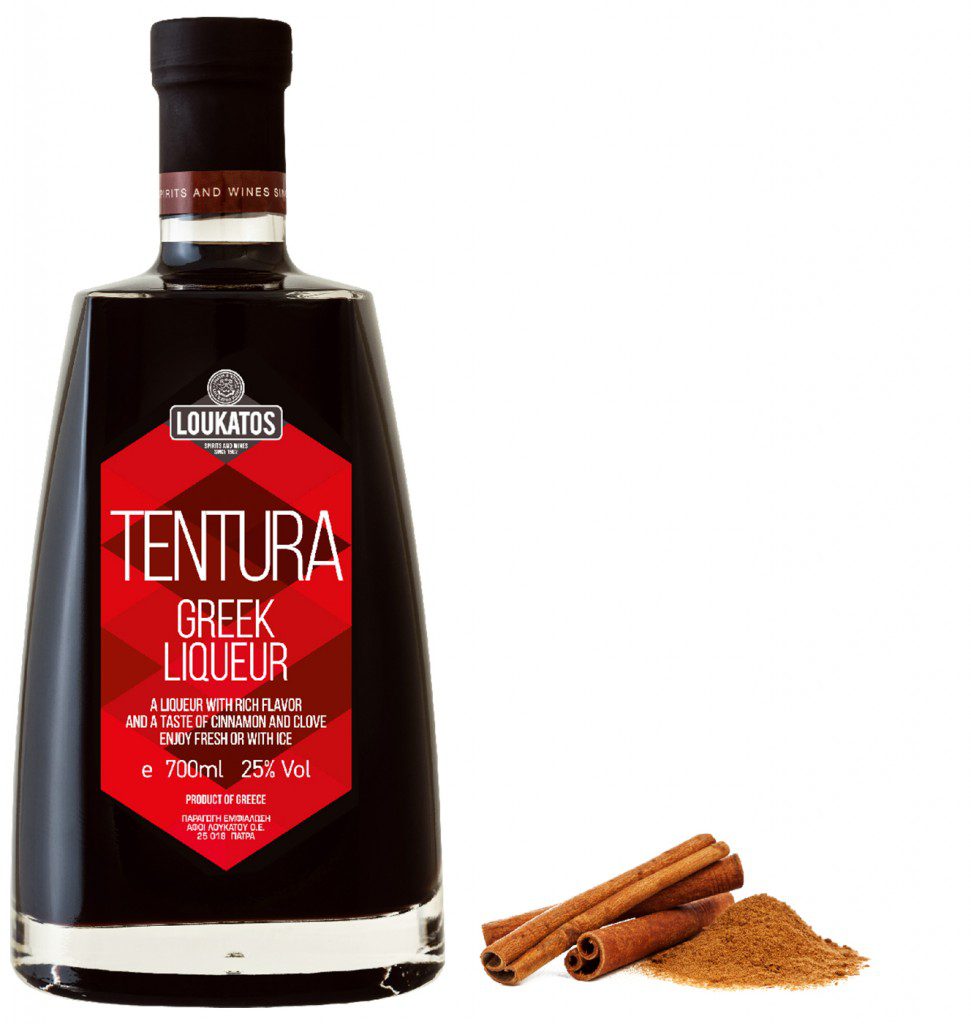Greek spirits and aperitifs
Introduction
Greek Spirits Guide – They smell and taste like Greek summertime in a glass: Ouzo, raki, tsipouro and masticha. Among the wide selection of Greek products, three famous spirits are ready to pour forth their secrets. The Greeks may be known more for their great food and folk dancing abilities, and less for their range of alcoholic beverages, but you can rest assured that, as a nation, they know how to drink! As one of the most ancient civilizations, Greece has a rich history in wine production and wine drinking, and although one could write an essay on the plethora of delicious Greek wines, this article will go into detail about some other Greek spirits that the average traveler would not likely know or hear about. Read below the unique heritage and origins of the top Greek spirits, and make a toast to your upcoming vacation in Greece!
Ouzo

Ouzo is one of the best-known Greek specialties whose large-scale production started in 1830. It is distilled from neutral alcohol that is diluted with water and flavored with a combination of aniseed and various botanicals, such as fennel seeds, coriander, cardamom, nutmeg, cinnamon, ginger, or angelica. The choice and the blend of herbs determines the final taste profile and its quality. Ouzo is protected by the European law, and it can only be produced in Greece and the Greek section of Cyprus, while the island of Lesvos became a center of ouzo production.
Tsipouro/Tsikoudia

Tsipouro, tsikoudia, and raki are all the same spirit and, unlike ouzo, they are grape distillates. The alcoholic grade of tsipouro is higher than ouzo and can, therefore, be considered stronger, but ouzo is said to give worse hangovers! According to some records, tsipouro was first produced in the 14th century by Orthodox monks. The drink comes in its original, pure form, but some distillers infuse it with botanicals, primarily anise, to create the anise-flavored spirit that is traditionally mixed with water. Tsipouro can also have anise in it making it sweeter – more commonly found in the north of Greece. This spirit is usually drunk straight and not diluted in water or ice, but always accompanied by lots of mezedes! If you come to Greece, be sure to visit an authentic tsipouradiko (meaning; the small restaurants serving tsipouro and meze dishes). The best are found in Volos, where you can order a 200ml bottle of tsipouro and get a free plate of mouthwatering mezedes. Plain tsipouro is best appreciated well-chilled and neat, served in shot glasses. It is enjoyed as a welcoming drink and typically accompanies Greek meze—assorted small dishes. In Crete, a similar drink with a stronger aroma goes under the name tsikoudia.
Rakomelo

Rakomelo is a Cretan drink that combines honey and tsikoudia, a clear Cretan spirit that is sometimes referred to as raki, though it is not anise-flavored like the namesake Turkish spirit. The drink is often flavored with herbs and spices such as cinnamon, cardamom, or cloves. It is frequently prepared at home by combining warm spirit and honey, but commercially produced versions are also available. Rakomelo is sometimes served warm, usually as a soothing winter drink or a health remedy, while the well-chilled variety is mainly enjoyed neat or with ice, preferably as an aperitif or a digestif.
Tentura

Tentura is a liqueur that has origins in the Greek city of Patra, located in the eastern part of the Peloponnese, back in the 15th century and is exclusively produced in Greece. This herb and spice liqueur is typically potent with cinnamon and cloves, nutmeg and citrus fruits -spices that would be traded into Patra’s port- as well as alcohol and sugar. Tentura is typically served in small shot glasses over ice or in cocktails, and usually after a meal as it can be employed as a digestive drink.
Kumquat Liquer of Corfu

The most northwestern island of Greece, Corfu, is home to the kumquat tree since 1924. The literal translation of Kumquat from Chinese is ‘golden orange’, which is precisely what the fruit looks like. It is a bitter-tasting citrus fruit that cannot be eaten raw, but the liqueur made from it is deliciously sweet and often described as the Greek version of Limoncello. The family-run distillery Mavromatis is perhaps the best-known producer of the liqueur on the island and demonstrates the multiple ways that the particular fruit can be consumed.
Kitron

Kitron is a traditional citron liqueur hailing from the Greek island of Naxos. It is made from citron leaves (Citrus medica) that are macerated in neutral alcohol. The macerate is distilled, and the spirit is then mixed with sugar and water. Kitro typically comes in three versions that differ in color and strength. Green-colored kitro is the sweetest and has the lowest alcohol content (30% ABV). The colorless version is bottled at 33% ABV, while the strongest yellow-colored variety comes bottled at 36% ABV.
Souma

Produced on the island of Chios, this Greek spirit is distilled from sun-dried and fermented figs in traditional copper stills, similar to those used for making ouzo or raki. Traditionally, the production of souma starts around the end of October, and it typically lasts until mid-December. The preparation of the figs, however, starts earlier, usually at the end of August, when the fruits are gathered, dried, and allowed to ferment in large barrels with water and yeast. This beverage is made by the local people of Chios, in traditional home distilleries, and it can be bought from individuals selling it in unlabeled bottles throughout the island.
Mastiha of Chios

Another of Greece’s most famous liqueurs is the mastic of Chios. This PDO product is a flavored liqueur from the oil produced from the mastic tree, indigenous to the island of Chios, in the northeastern Aegean. The mastic tree is the island’s trade secret and its cultivation goes as far back as ancient times. Mastic trees actually grow all over the world, but Chios is the only place where the trees produce resins from their bark, which is what creates the distinctive taste. The product had such economic leverage that the island was often victim to conquerors and pirate invasions. Today, over 90% of the mastic produced is exported in various forms: chewing gum, spices, sweets, and of course, the delicious liqueur that one should not miss when visiting Greece.
Mournoraki
Mournoraki is a rare Cretan spirit that is distilled from black mulberries. It is usually quite potent, and it is mostly enjoyed as a welcoming drink, but it also works well as an aperitif or a digestif. Mournoraki is not easily found on Crete, and most producers make small quantities that are intended for family consumption or as unique Cretan souvenirs. Because of its scarcity and the time-consuming process of production, mournoraki is usually more expensive than most Cretan spirits. In Crete, the drink is also commonly used as a health remedy.










